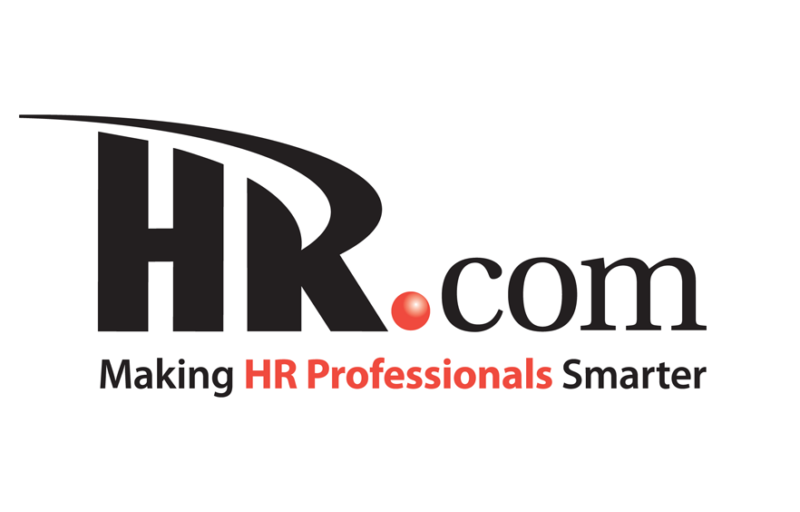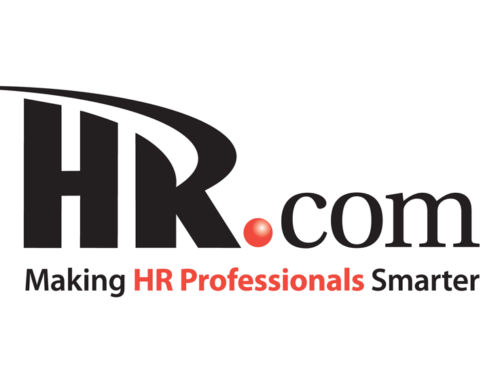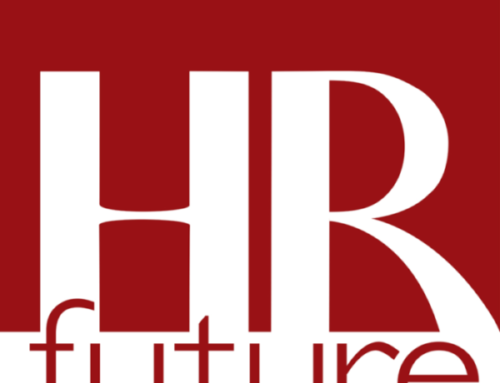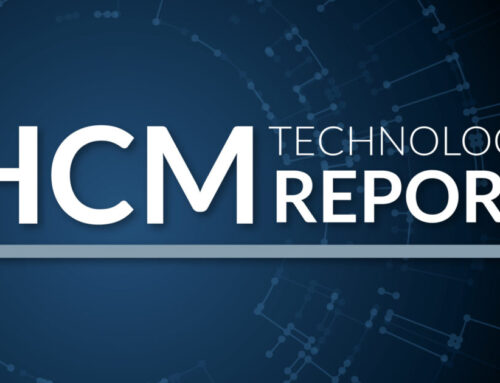By: Michelle Woods, Senior Vice President of Sales and Marketing at Unicorn HRO
The key to an organization’s success regardless of industry rests in the hands of its personnel. Creating a fulfilling environment where people can learn, expand their skill-sets, and be challenged with meaningful work are all vital to ensuring engagement and longevity.
Satisfied employees are more engaged, more productive, more creative, and more likely to stay with an organization. In fact, according to a recent study by the University of Warwick, happy employees can be an average of 12 percent more productive than their less satisfied counterparts.
Because employees are vital to every organization – large or small – keeping them happy and satisfied should be a top-level priority for executives, front-line managers, and every level in between. While, from an employee perspective, measuring “happiness” can vary greatly; most share a desire to be successful in their jobs, feel appreciated, and to make connections with co-workers and managers. In addition,they want to sense that their needs and time are respected.
So how can organizations ensure that they keep their team satisfied? An HRIS solution can help. Here are four real-world scenarios where organizational success can be achieved using a comprehensive HRIS platform.
Simplify the Hiring Process
Applying for a job is usually a time-consuming process that involves the use of many different and often disparate systems, including paper, software, and email. While this may seem like standard protocol for jobhunters, an organization’s hiring practices can speak volumes about how prospective employees can expect the company to run if they are hired. A complicated and drawn-out hiring process can create lingering negative feelings in employees and even turn off potential talent from accepting an offer.
In fact, according to 2016 survey by Glassdoor users, one of the most significant obstacles to hiring new talent is a lengthy hiring process.
An automated applicant tracking system (ATS) administered through an HRIS can help to reduce complexity and streamline the hiring process for potential employees. An ATS makes it simple to view and apply to open positons through a centralized job board. It also acts as a communication channel through which employees can coordinate interviews and send and receive messages.
Once a candidate is selected, a series of processes can be triggered to streamline the onboarding experience, ranging from payroll and benefits administration, to provisioning equipment such as a computer and other IT services.
Welcoming talent into your organization with a smooth and simple hiring experience will help to inspire satisfaction and promote productivity from the get-go.
Level-set Expectations and Provide Training
According to a report by Gallup, one of the most important indicators of employee happiness and productivity is the extent to which they understand what their company and their immediate supervisors expect of them. Quite simply, employees want to perform their jobs well and advance their careers.
However, an important indicator of job performance is how well an employee understands their role within the organization; in fact, a lack of clarity can lead to reduced engagement and productivity.
A single platform HRIS solution provides employees with a repository of tools that they need to succeed within their roles and within the organization in general.
An HRIS also makes it simple for employees to stay on top of their training and certifications. It also allows organizations to ensure compliance, especially those in regulated industries, and maintain the appropriate records and documentation.
Listen and Communicate
According to findings from Quantum Workplace’s 2016 Employee Engagement Trends Report, effective communication is an important indicator of whether employees are satisfied with their jobs and can help to determine retention trends.
An HRIS provides a channel through which management and employees can discuss policies and procedures. Serving as a centralized portal, it can communicate clear directives, garner feedback from various personnel and departments, and reduce misinformation.
A centralized platform enables top-down and bottom-up communications and gleans pertinent, real-time information to make better business decisions.
Self-Service Enablement
The emergence of cloud and mobile technologies, as well as other applications, offer organizations and their employees unprecedented flexibility with respect to managing an array of HR processes and tasks.
According to a recent survey conducted by LIMRA, employees are embracing the capability to manage their needs through self-service options and abandoning traditional paper-based benefits enrollment in favor of electronic methods. In fact, over two-thirds of employees indicated that they prefer to manage their own benefits online.
An HRIS offers employees a centralized platform through which they can oversee many aspects of their benefits without the need for HR intervention. Employees have access to benefits and retirement enrollment materials, making it easy for them to review options with their families at home. They can also enroll using the same platform. Self-service capabilities also make it possible for employees to access direct deposits and make changes to personal information on their own.
Delivering Organizational Happiness
HRIS platforms are a win-win for organizations and their staff. They can help management deliver clear directives, automate processes, and streamline the employee lifecycle experience. From an employee perspective, a centralized platform provides a portal where they can find pertinent information, understand job responsibilities and procedures, receive online training, and access self-service tools to manage time-off requests, payroll changes, and benefits options, to name a few.
By managing organizational processes while delivering employee self-service tools, an HRIS can significantly improve engagement, productivity, and ultimately profitability.
Read the article on HR.com here.



